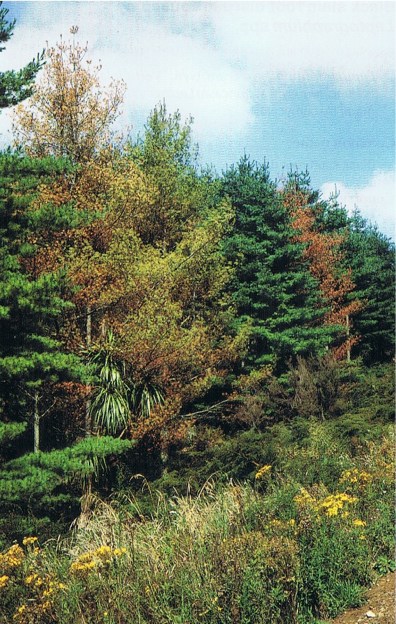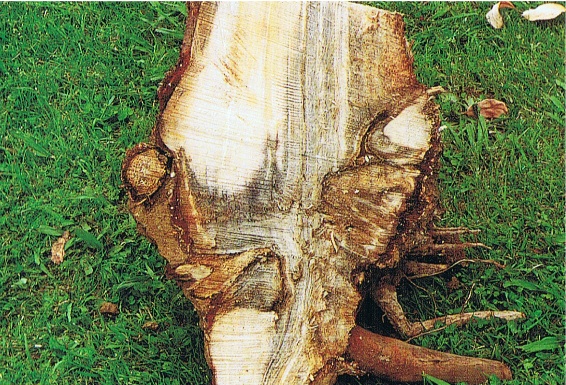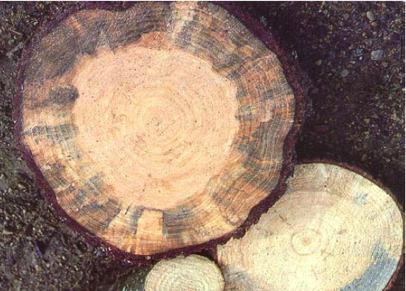PESTS AND DISEASES OF FORESTRY IN NEW ZEALAND
Leptographium spp.
Scion is the leading provider of forest-related knowledge in New Zealand
Formerly known as the Forest Research Institute, Scion has been a leader in research relating to forest health for over 50 years. The Rotorua-based Crown Research Institute continues to provide science that will protect all forests from damage caused by insect pests, pathogens and weeds. The information presented below arises from these research activities.
From Scion publication Forest Research Bulletin 220, An Introduction to The Diseases of Forest and Amenity Trees in New Zealand,
G.S.Ridley and M.A. Dick 2001.
Species: Leptographium procerum (syn. Verticicladiella procera); L. truncatum (syn. V. truncata); Leptographium spp.; Ophiostoma huntii (Ascomycetes)
Common name: Black stain root disease
Country of origin: Not certain
Host(s): Pinus radiata — L. procerum, L. truncatum, L. alethinum, and 0. huntii; Pinus strobus— L. procerum, L. truncatum, Leptographium spp., and 0. huntii.
Symptoms: Foliage turns gradually yellow to brown and trees subsequently die (Fig. 80); affects older trees either singly or in small groups; resinosis occurs at tree base; conspicuous blue or blackish staining in the outer annual rings of the butt and roots (Fig. 81, 82); may be associated with root disturbance, such as roading damage or cattle damage.

Fig. 80: Decline of Pinus strobus caused by Leptographium procerum

Fig. 81: Staining of the root collar of Pinus radiata caused by Leptographium spp.

Fig. 82: A disk cut from the trunk of a dead Pinus strobus, showing black staining caused by Leptographium procerum
Disease development: Infection may occur through wounding, and there may be tree-to-tree spread of disease through root contact. Many of the fungi in this genus are vectored by bark beetles and this may also happen in New Zealand.
NZ distribution: Throughout the North Island, and in parts of the South Island.
Economic impact: Comparatively minor.
Control: Not considered of major economic importance.
References: MacKenzie & Dick 1984; Shaw & Dick 1980.
This information is intended for general interest only. It is not intended to be a substitute for specific specialist advice on any matter and should not be relied on for that purpose. Scion will not be liable for any direct, indirect, incidental, special, consequential or exemplary damages, loss of profits, or any other intangible losses that result from using the information provided on this site.
(Scion is the trading name of the New Zealand Forest Research Institute Limited.)

 Farm Forestry New Zealand
Farm Forestry New Zealand

